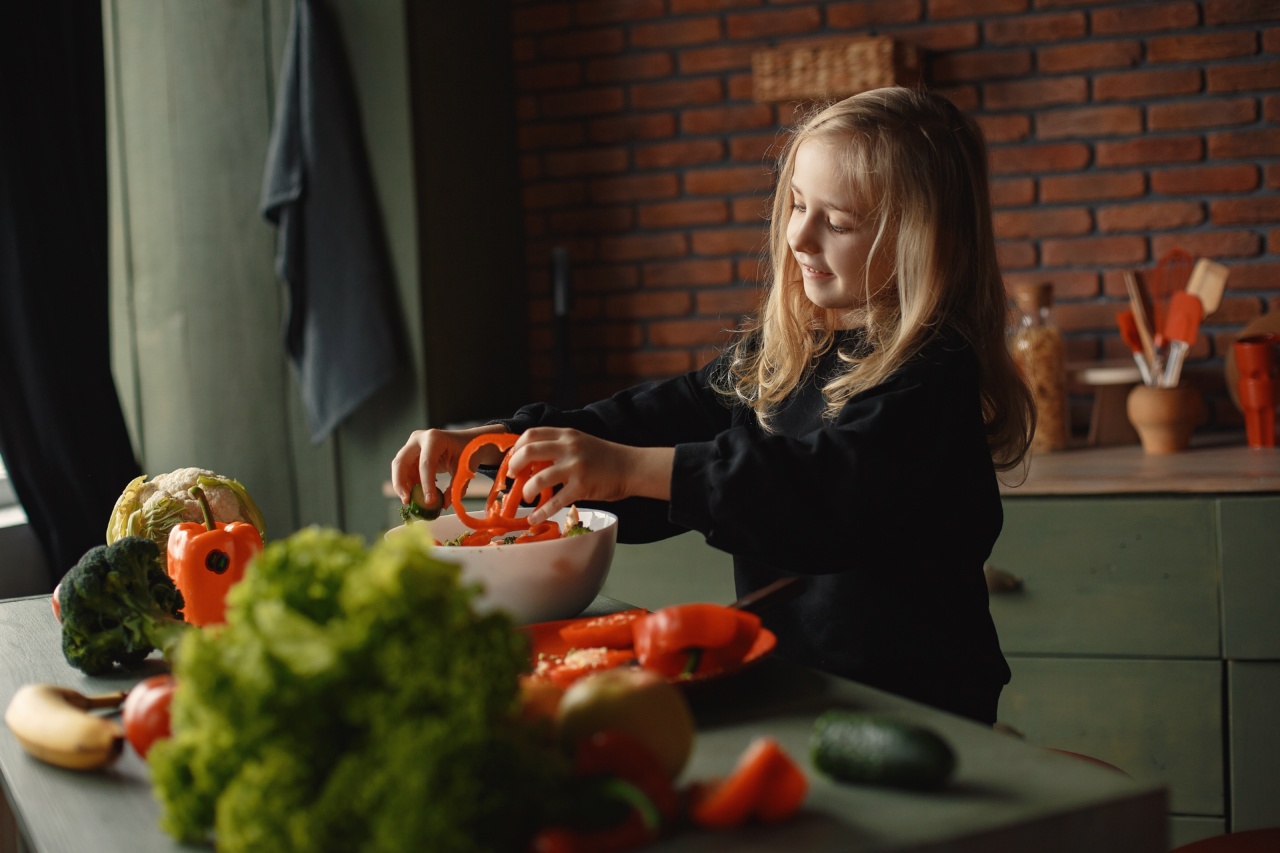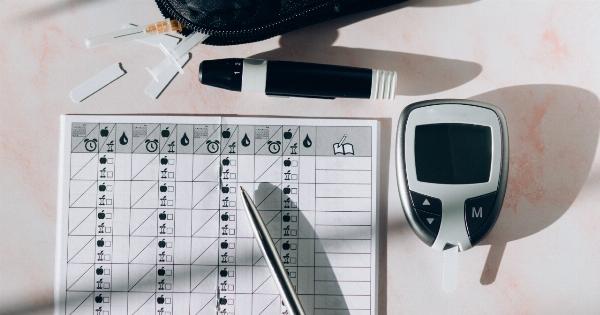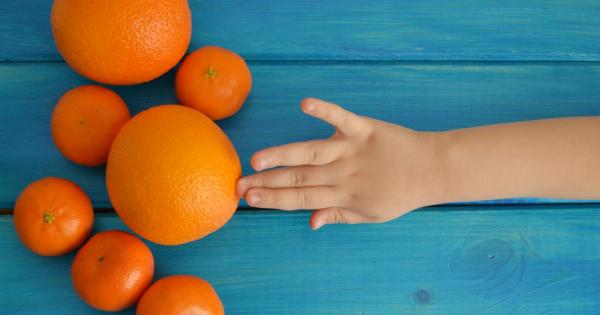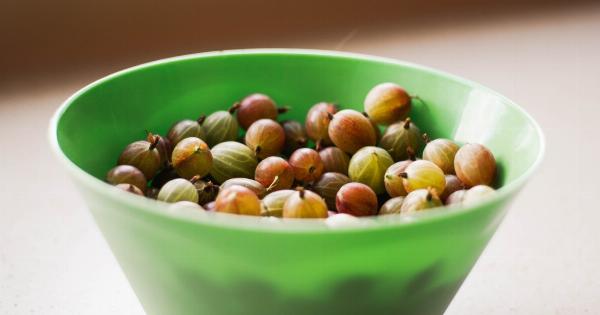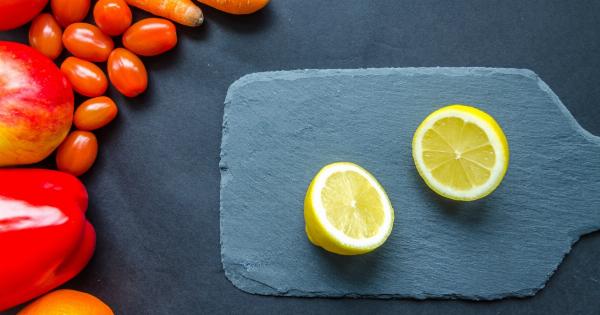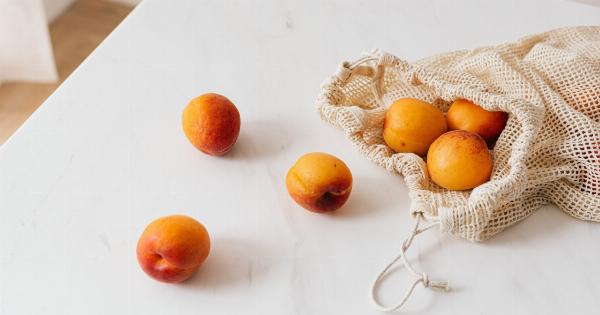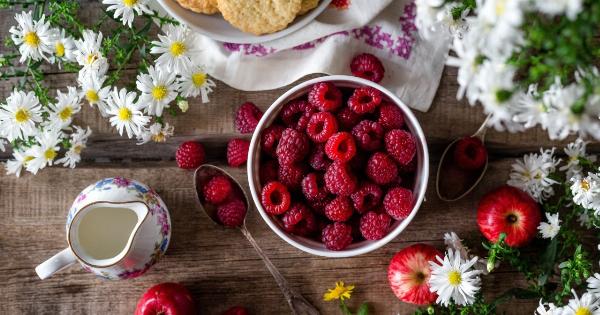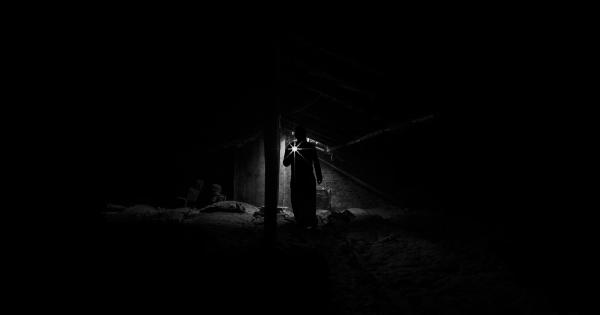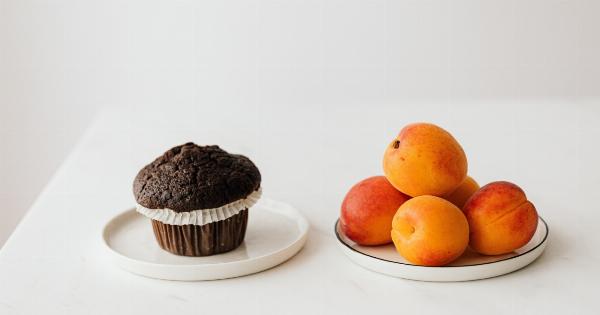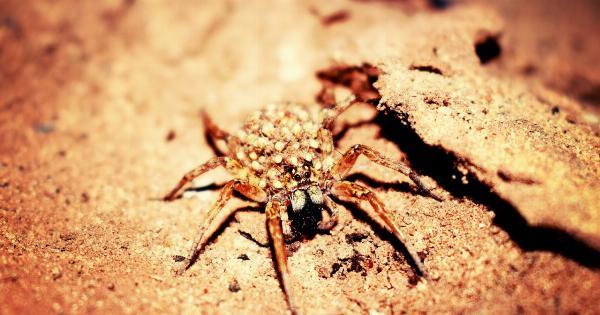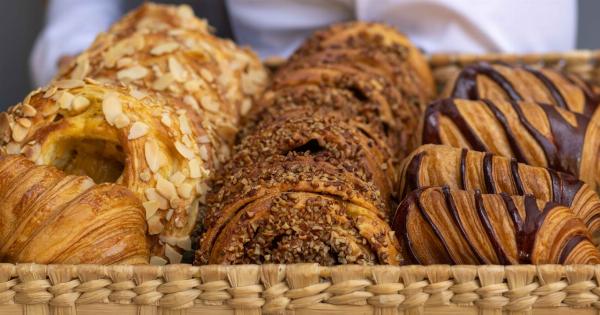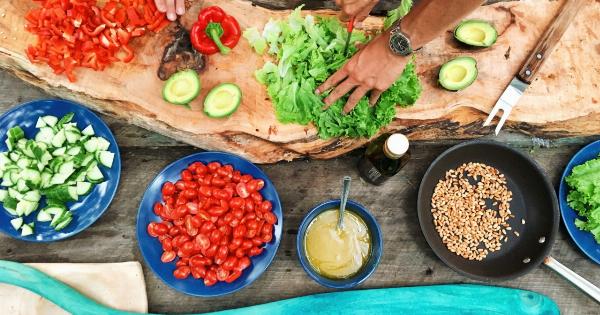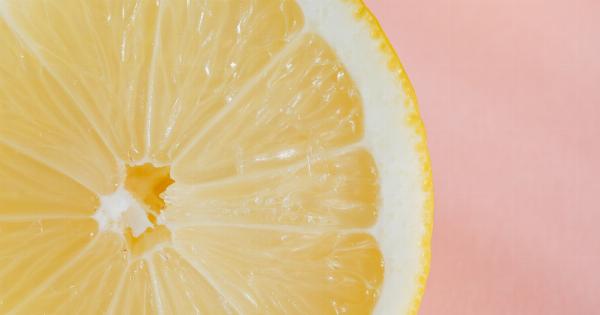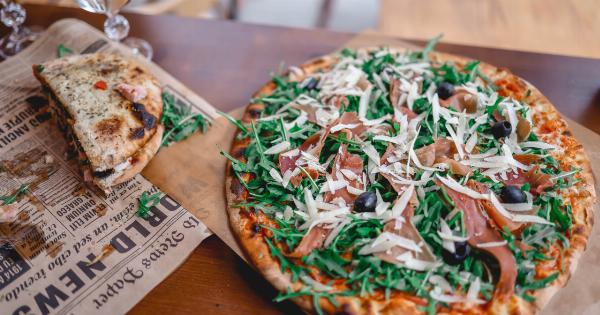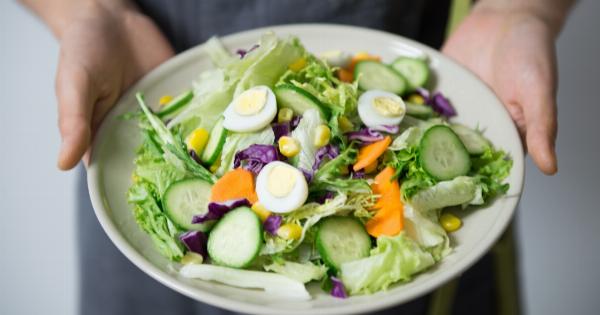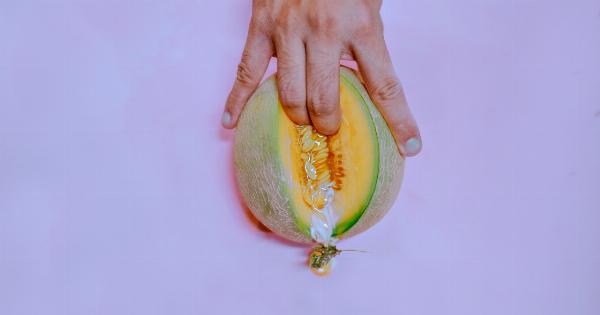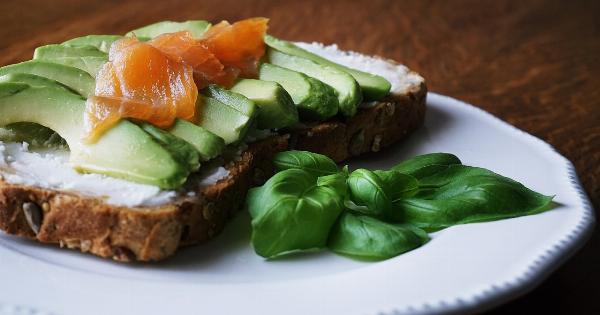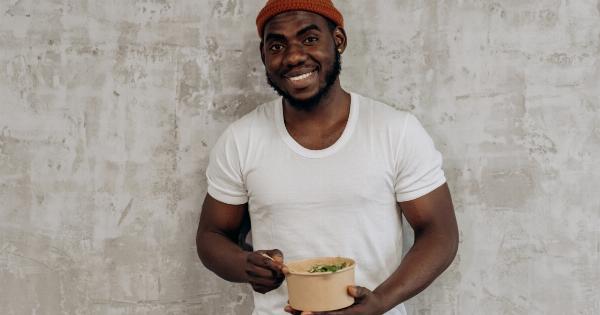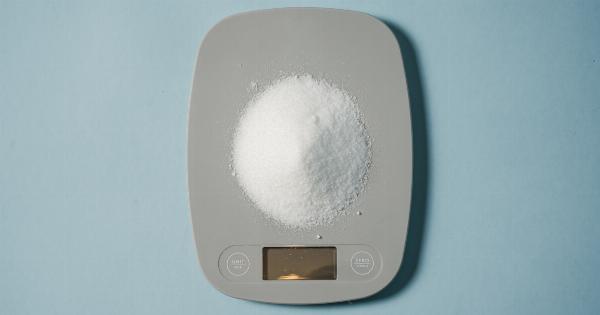Iron is an essential mineral that plays a crucial role in the production of red blood cells. Without enough iron, your body can’t produce enough hemoglobin, which results in anemia.
Symptoms of anemia include fatigue, weakness, and difficulty breathing. Women need more iron than men because of menstruation. This article lists ten iron-rich foods you should add to your diet to boost your iron levels.
1. Red Meat
When it comes to iron, red meat is the most famous source. Beef, pork, and lamb are all rich in iron.
A serving of grilled beef with 3 oz size can provide 3.3mg of iron, while a 3 oz serving of grilled pork contains 0.7mg of iron, and a 3 oz serving of lamb provides approximately 1.2mg of iron. Try to eat red meat with other iron-rich foods like vegetables or a glass of orange juice to improve iron absorption.
2. Beans and Legumes
Beans and legumes are good sources of iron as well as fiber and protein. Lentils, kidney beans, chickpeas, and black beans are all great sources of iron.
A cup of cooked kidney beans provides around 3mg of iron, chickpeas provide approximately 2.4mg of iron per cup, while black beans contain 1.8mg of iron per cup. Add beans to salads, soups, stews, or use as a side dish to your meal.
3. Dark Chocolate
Dark chocolates are not just delicious treats but also beneficial for our body. A one-ounce serving of 70–85% dark chocolate provides as much as 19% of the RDI for iron, along with other vitamins and minerals such as magnesium and zinc.
However, be careful not to overeat since chocolate is high in calories and can also affect your sugar levels.
4. Spinach
Spinach is a rich source of iron and other nutrients such as vitamin C, vitamin A, and calcium. One cup of cooked spinach provides around 6.4mg of iron.
Spinach also contains compounds like oxalates that can hinder iron absorption, so try to eat it with other iron-rich foods or vitamin C sources to improve its absorption.
5. Fortified Cereals
Many breakfast cereals are fortified with iron, and each serving can provide a good amount of iron. Some fortified cereals can provide up to 18mg of iron per serving.
However, make sure to choose those with lower sugar content to help reduce the risk of blood sugar problems.
6. Tofu
Tofu is a vegetarian-friendly source of iron, and it’s also an excellent source of protein. A half cup of cooked tofu contains approximately 3mg of iron.
Tofu also contains calcium, magnesium, and other vital nutrients that can improve bone health and support healthy digestion.
7. Seafood
Seafood such as clams, oysters, and sardines is a rich source of iron. Three ounces of cooked clams furnish more than 20mg of iron, while a half cup of cooked oysters contains approximately 6mg of iron.
Choose small varieties of seafood like sardines or salmon to avoid high levels of toxins.
8. Nuts and Seeds
Nuts and seeds are an excellent source of many minerals, including iron. Pumpkin seeds, hemp seeds, cashews, and almonds are all great sources of iron.
Two tablespoons of pumpkin seeds provide around 2.4mg of iron, while one ounce of almonds contains around 1.1mg of iron. Try to choose unsalted varieties to avoid high salt content.
9. Quinoa
Quinoa is a trendy gluten-free alternative to rice. It’s also an excellent source of many nutrients, including iron. One cup of cooked quinoa contains approximately 2.8mg of iron.
It’s also packed with fiber and protein, making it a perfect food to add to your meal.
10. Broccoli
Broccoli is often touted as a superfood because of its numerous health benefits, including being a good source of iron. One cup of cooked broccoli contains approximately 1mg of iron.
It’s also packed with vitamin C and other nutrients that can improve our immunity and support a healthy digestive system.
